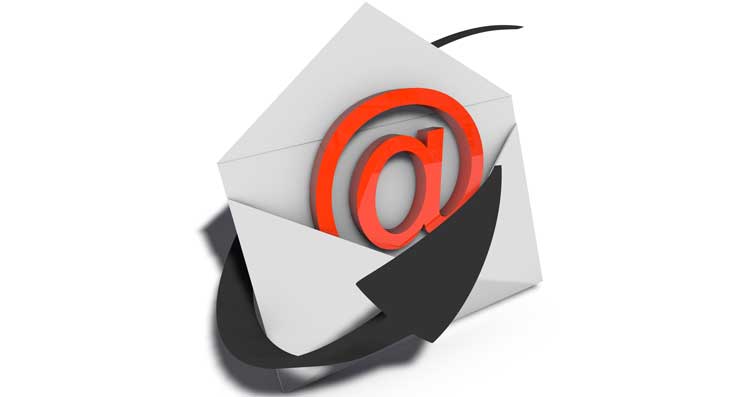When you think about your content marketing strategy, your mind probably turns to blog posts and other web content. However, email marketing is also an important digital channel and, when effective, can be a major contributor of conversions.
Email enables better communication between you and your leads or customers. It goes beyond allowing you to send messages to individuals, by providing you with the chance to target your content to select groups according to factors such as position in the sales funnel, needs, and interests. Secondly, email is a great way to build trust with leads and can increase the number of people reading your content.
However, your email marketing strategy will likely fall flat unless you deliver compelling content. You need to create emails that consumers will open, read, and, finally, act upon. Here are a few tips to ensure that you achieve just that.
1. Start with the Subject Line
Possibly the most important element of an email is not the content itself but the subject line. Without an intriguing subject line to draw readers in, most people will never even open your message, and all the hard work you did on creating the copy will go to waste.
Use your subject line to explain to readers what they can expect from the email, considering why people joined your mail list in the first place. Actionable language is particularly useful, as it gives readers an idea of what to expect to achieve once they have finished. If there is too much explanation to fit into the subject line alone, you may like to start the body with a brief introductory paragraph that summarizes the content.
2. Focus on Structure
No one has time to read a long, detailed email. Keep your content short and to the point, perhaps with links to other content for readers who want to find out more about a particular subject.
Above all, ensure that your content easy to scan. Concise paragraphs centered on a single idea, plenty of white space, bullet points, and a lack of jargon can all help you to achieve this, advises FulcrumTech.
3. Write for Your Prospects
To gain the trust of consumers, and to later gain conversions, you need to provide your leads with the information they want, not the information that you want them to have. Use the second person “you” more than the first person “we,” limit what you say about your company, products, and services, but write plenty about how your readers can solve your prospects’ problems.
4. End with a Call-to-Action
Your readers need to finish your email knowing exactly what action they should take next. Your call-to-action (CTA) should consist of actionable language in as few words as possible. In addition, make sure that your CTA stands out from the rest of your content by turning it into a large, bright-colored button. You should also ensure that your CTA is clearly noticeable as an anchor text in plain text format for readers who choose to view your email without images, recommends HubSpot.
5. Proofread
It should be obvious that you need to proofread any content you write, no matter how short, but it may surprise you how often marketers neglect this step. Even the slightest error in your content will dilute your credibility and make you appear unprofessional, reducing the chance that leads will want to do business with you in the future.
The aim of any type of content is to convert leads into customers. If you bear the above in mind whenever you create email content, you will see a greater number of click-throughs and a higher number of conversions.






